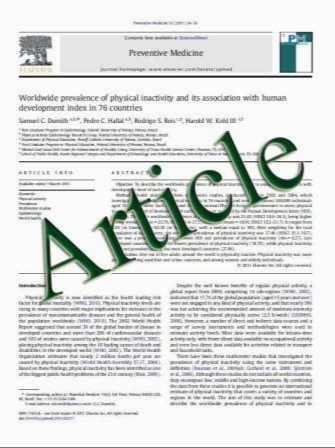Double-phase 131I whole body scan and 131I SPECT-CT images in patients with differentiated thyroid cancer: their effectiveness for accurate identification
- نوع فایل : کتاب
- زبان : انگلیسی
- مؤلف : Hiroshi Wakabayashi Kenichi Nakajima Makoto Fukuoka Anri Inaki Ayane Nakamura Daiki Kayano Seigo Kinuya
- چاپ و سال / کشور: 2011
Description
Objective This study aims to determine whether a 131I double-phase whole body scan (WBS) and SPECT-CT images have added value over a single-phase WBS image in identifying benign and malignant lesions in patients with well-differentiated thyroid cancer (DTC) at their first radioactive iodine (RAI) treatment. Methods This study included 42 DTC patients who underwent their first radioablation. Post-therapeutic WBS images were acquired after 3 days (early phase) and 7 days (delayed phase). Following early-phase WBS, SPECT-CT images were obtained. The images were reviewed independently of the clinical data by 2 board-certified observers with a 6-point scoring system (benign to malignant -3 to ?3). Results The double-phase WBS and SPECT-CT images showed 115 radioiodine-avid localizations (81 benign and 34 malignant accumulations). Confidence levels of benign accumulations were significantly higher with SPECT-CT (average score -2.40 ± 1.06) compared to those of the early-phase WBS (average score -1.39 ± 1.88) (p\ 0.0001) and delayed-phase WBS images (average score -1.49 ± 1.19) (p\0.0001). When the analysis was restricted to accumulations with a low confidence score in the early-phase WBS image, the confidence level of the delayed-phase WBS was higher compared to that of the early-phase WBS images (p = 0.0012). The confidence levels of malignant accumulations were significantly higher with SPECT-CT images (average score 2.37 ± 0.96) compared to the early-phase WBS (average score 1.44 ± 1.21) (p\0.0001) and the delayed-phase WBS images (average score 1.50 ± 1.13) (p\0.0001). Conclusion Post-therapeutic SPECT-CT image was superior to the early-phase WBS image in enhancing the confidence level and accurately localizing the lesions. The delayed-phase WBS image contributed to the accurate diagnosis of benign lesions with a low confidence level in the early-phase WBS image.
Ann Nucl Med DOI 10.1007/s12149-011-0513-z Received: 25 January 2011 / Accepted: 30 May 2011


